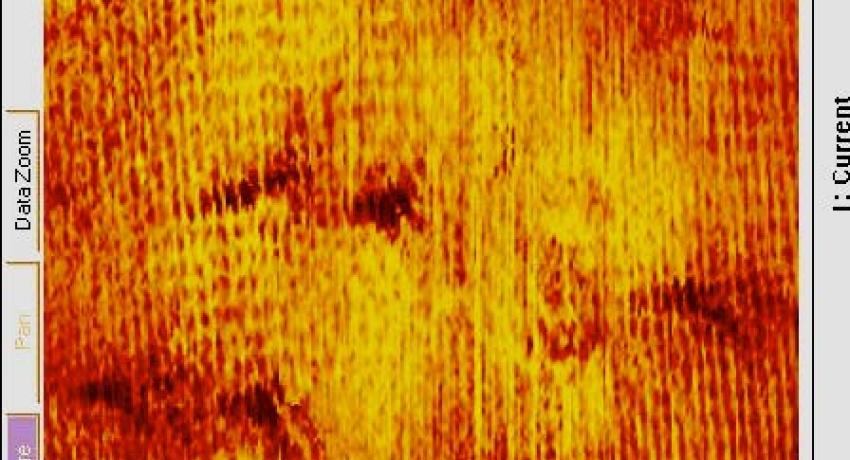Graphene, a sheet of carbon atoms arranged in a honeycomb lattice, possesses many excellent properties that are potentially useful in electronic, optical and mechanical applications. Attaching other chemical species onto the graphene plane offers an effective route to alter and engineer the properties of graphene. NSF-supported researchers have demonstrated that graphene covered dilutely with covalently bonded fluorine adatoms is vastly different from its pristine counterpart. Most remarkably, the electrical resistance of dilute fluorinated graphene drops drastically in a magnetic field, suggesting the possibility of magnetism at play. Magnetic graphene may be of significant technological import for data manipulation and storage.
Credits/Names: X. Hong, S.-H. Cheng, C. Herding and J. Zhu
Penn State MRSEC DMR-0820404: Hong et al, Phys. Rev. B 83, 085410 (2011). S.-H. Cheng supported by NSF DMR-0820404; Lowtemperature measurement supported by NSF DMR-0748604
Download PDF Version:
Year of Highlight: 2011
IRG: IRG 3 - Electrons in Confined Geometries


